Roman Art and Archaeology: Week 3
5.0(1)
5.0(1)
Card Sorting
1/33
Earn XP
Description and Tags
Study Analytics
Name | Mastery | Learn | Test | Matching | Spaced |
|---|
No study sessions yet.
34 Terms
1
New cards
verism
a form of ultra-physical realism which avoids or rejects idealizing tendencies in preference for the individual
2
New cards
Aeneas
foundation legend; mythical hero of Troy and Rome, son of the goddess Aphrodite and Anchises
3
New cards
antefix
the blocks that cover the tiles showing on the edge of a temple roof
4
New cards
acroteria
sculptures on the roof of a temple
5
New cards
Vulca of Veii
Etruscan artist hired by Tarquinius Superbus to make the cult statue for the Temple of Jupiter
6
New cards
Portonaccio Temple
deedicated to Menvra, Veii, 510-500 BCE
7
New cards
753 BCE
traditional founding date of Rome
8
New cards
509 BCE
end of monarchy in Rome, beginning of Republic
9
New cards
Aplu / Apollo
statue of Apollo of Veii, deemed a masterpiece because of its skull, also wearing a proto toga indicating Romans pulling from Greek art
10
New cards
Menvra / Minerva
Roman goddess of wisdom
11
New cards
Latium
the region in which Rome is located, south of Etruria (Latin as a language distinct from Etruscan)
12
New cards
lapis niger
(575-550) sanctuary in the heart of the area that will become the Forum; many Roman theories about its meaning
13
New cards
ashlar (masonry)
squared out block of stone
14
New cards
Grotta Oscura
a quarry who’s stone was used in Lapis Niger
15
New cards
“Romanization”
the spread of Latin language and culture by continuity of local practice
16
New cards
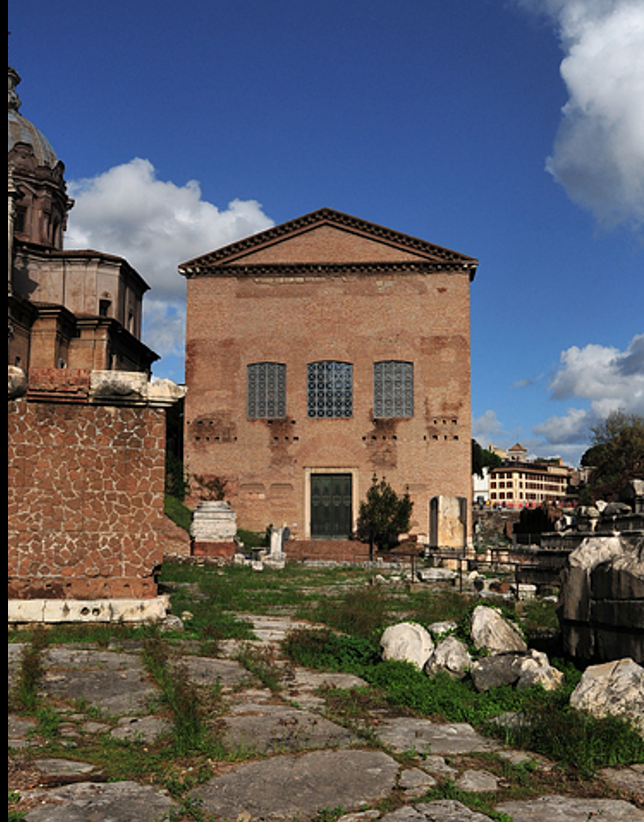
Curia
meeting place for the Senate in the Roman Forum
17
New cards
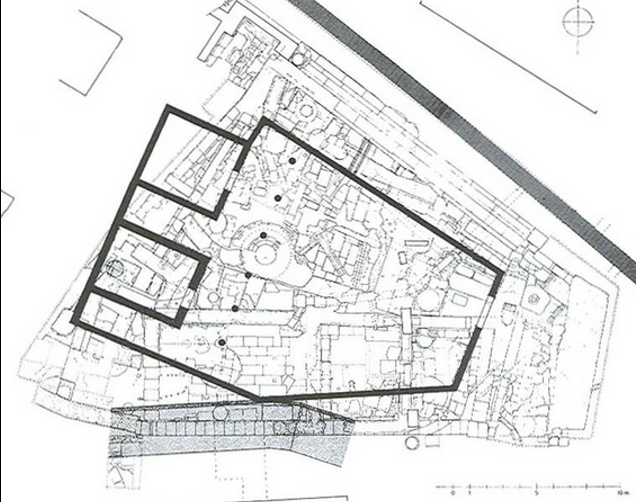
Regia
thought by Romans to have been the house of the kings, then donated to the Pontifex Maximus
18
New cards
Pontifex Maximus
The High Priest in the roman college of priests
19
New cards
opus incertum and opus reticulatum
incertum= concrete poured over small, uneven stones; reticulum= concrete poured over bricks with short side facing out
20
New cards
spoliation
taking something from one structure to be used in a new structure
21
New cards
manubiae
spoils of war
22
New cards

Fig. 1-29 Velthur Velcha, Ravnthu Aprthnai, and musicians, detail of the interior of the main chamber of the Tomb of the Shields, Tarquinia, ca. 350–325 BCE
23
New cards
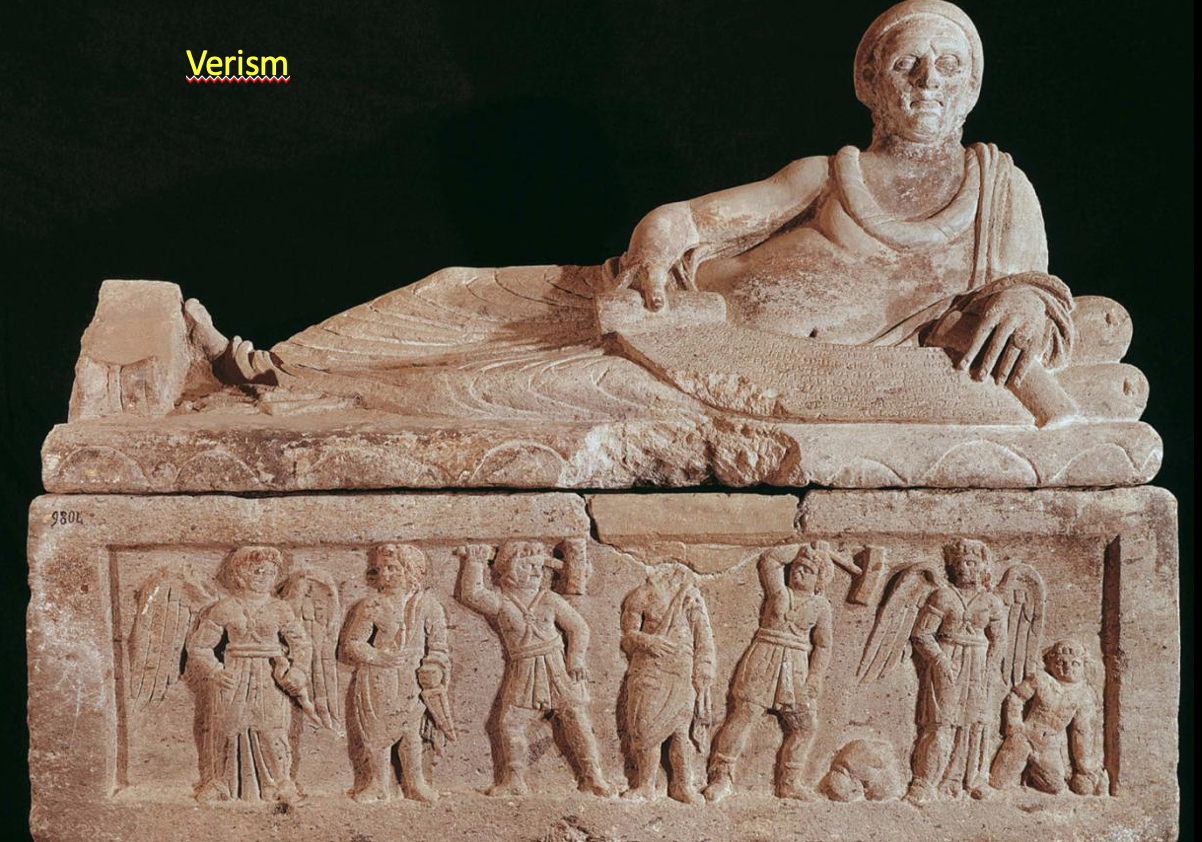
Fig. 1-31 Sarcophagus of Lars Pulena, from Tarquinia, ca. 200 BCE. Tufa, Tarquinia
24
New cards
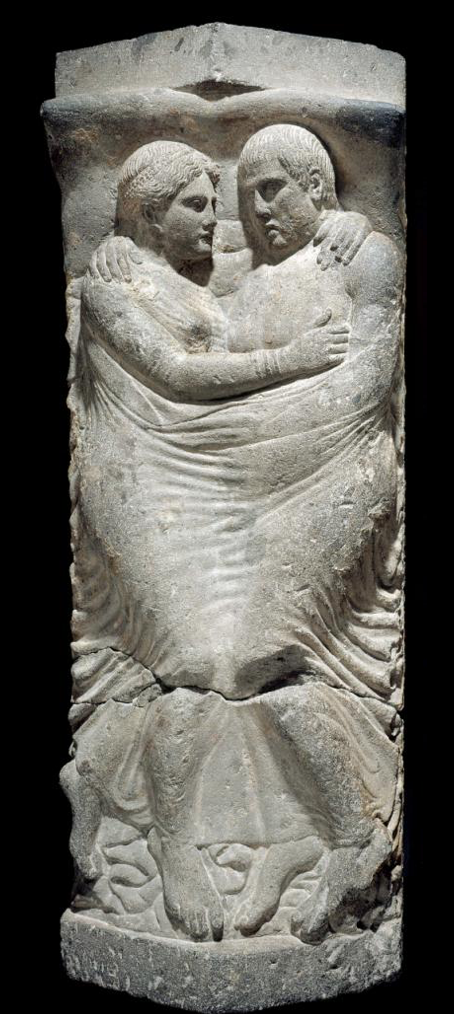
Fig. 1-32 Sarcophagus lid with portraits of Ramtha Visnai and Arnth Tetnies, Vulci,
ca. 350–300 BCE. Nenfro
25
New cards
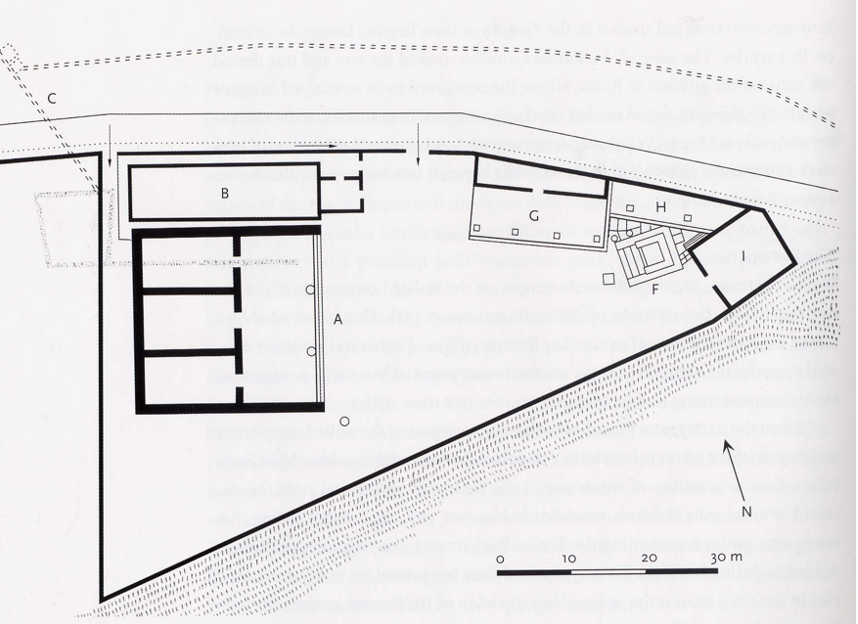
Plan of Portonaccio temple, Veii, c. 510-500 BCE
26
New cards
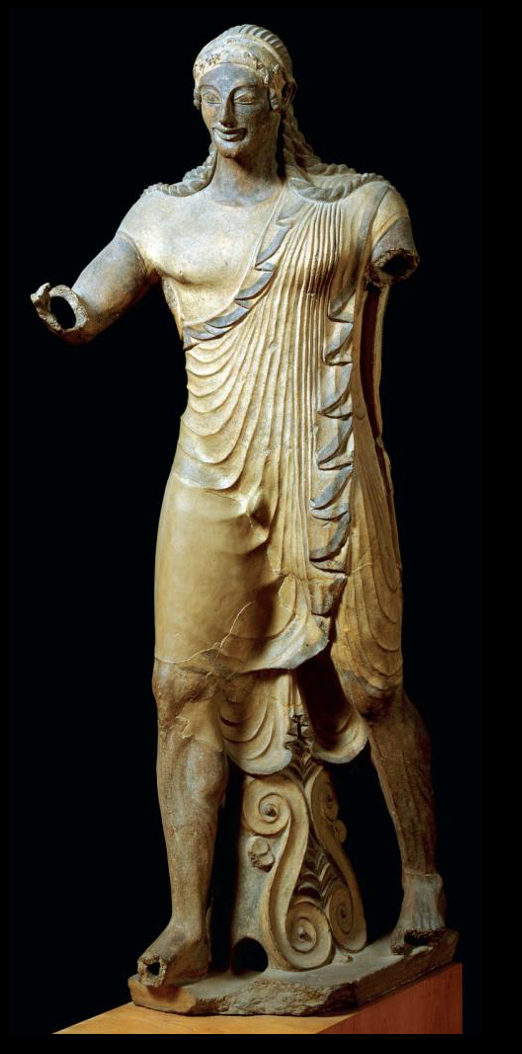
Fig \`1-21 Apulu (*Apollo of Veii*), from the roof of the Portonaccio temple, Veii, ca. 510–500 bce. Painted terracotta
27
New cards
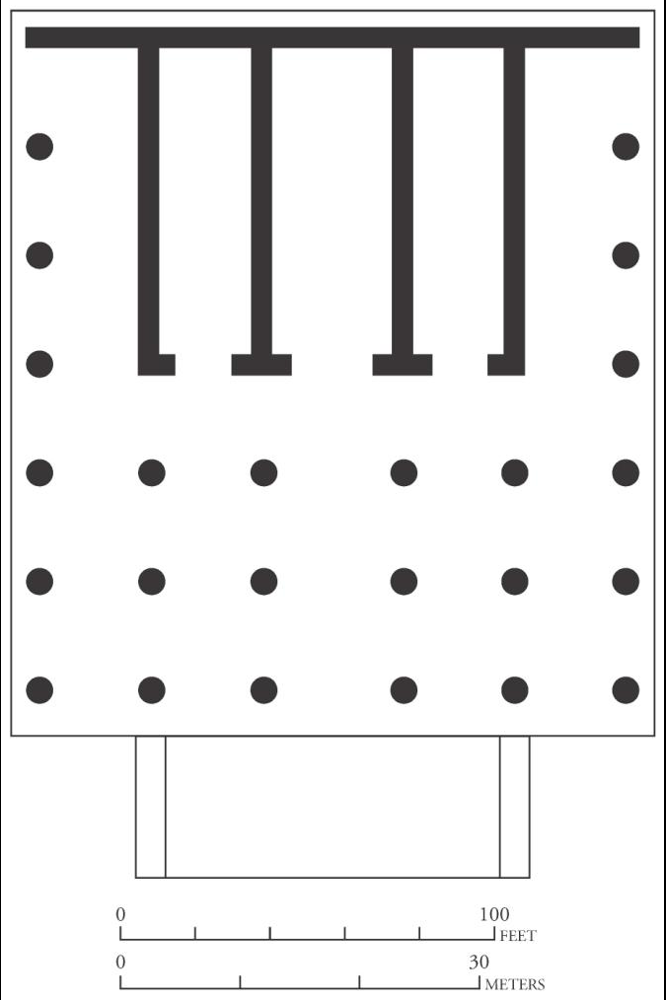
**Fig. 2-4** Plan of the Temple of Jupiter Capitolinus, Rome, dedicated 509 bce.
28
New cards
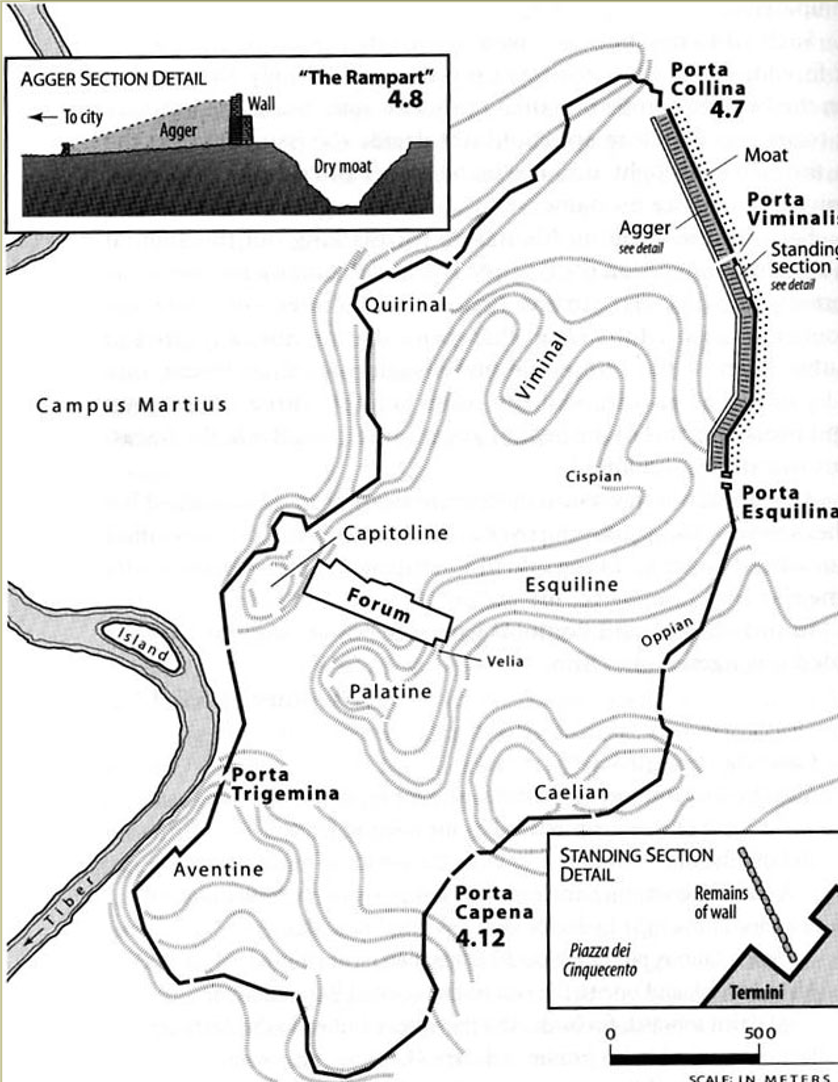
Fig. 2-5A Section of the Servian Walls on the Viale Aventino, Rome, ca. 386–378 BCE, with an arch for catapults, 87 BCE (during time of the Social Wars)

29
New cards
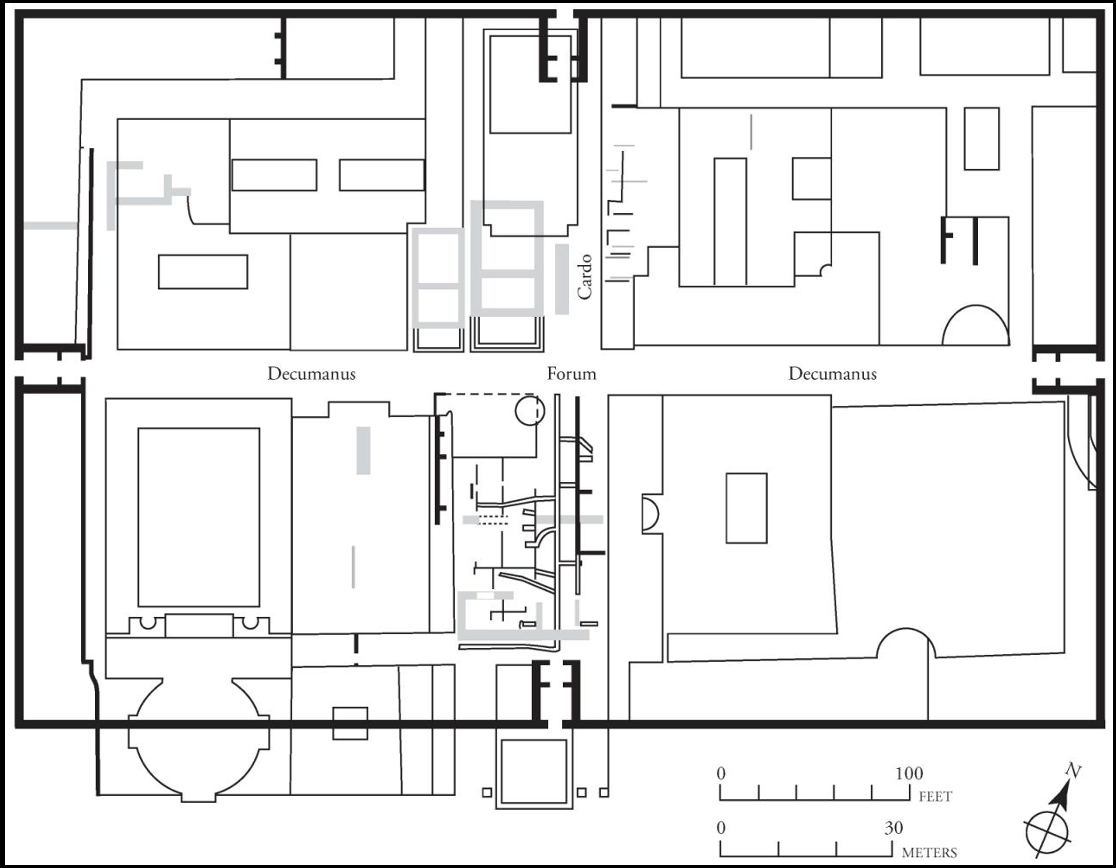
Fig. 3-2 Plan of Ostia, founded ca. 340–300 BCE.
30
New cards

Schematic map of the Republican forum. Know: Curia, Regia
31
New cards
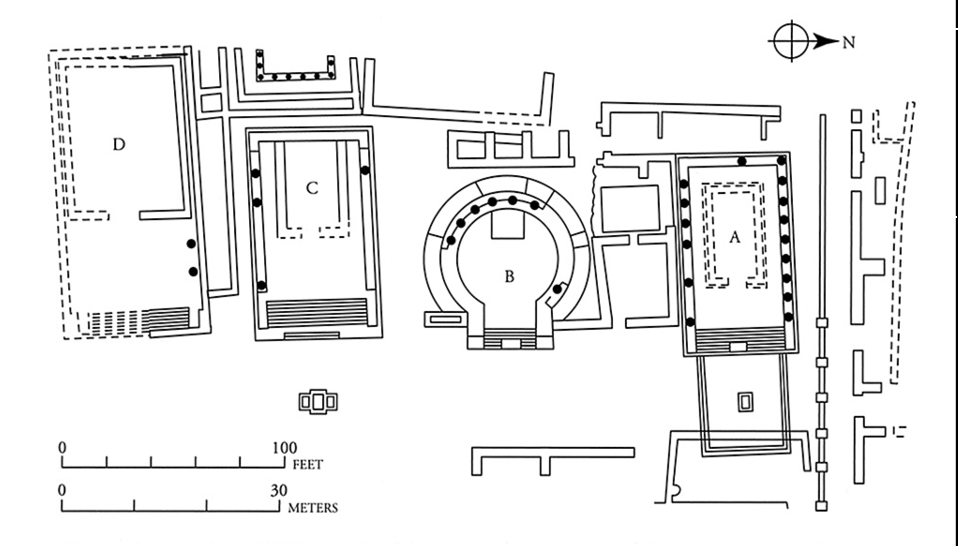
Fig. 2-9 Plan of four Republican temples, Largo Argentina, Rome, early third to mid-first century BCE and later. Make sure you know: B, D
32
New cards
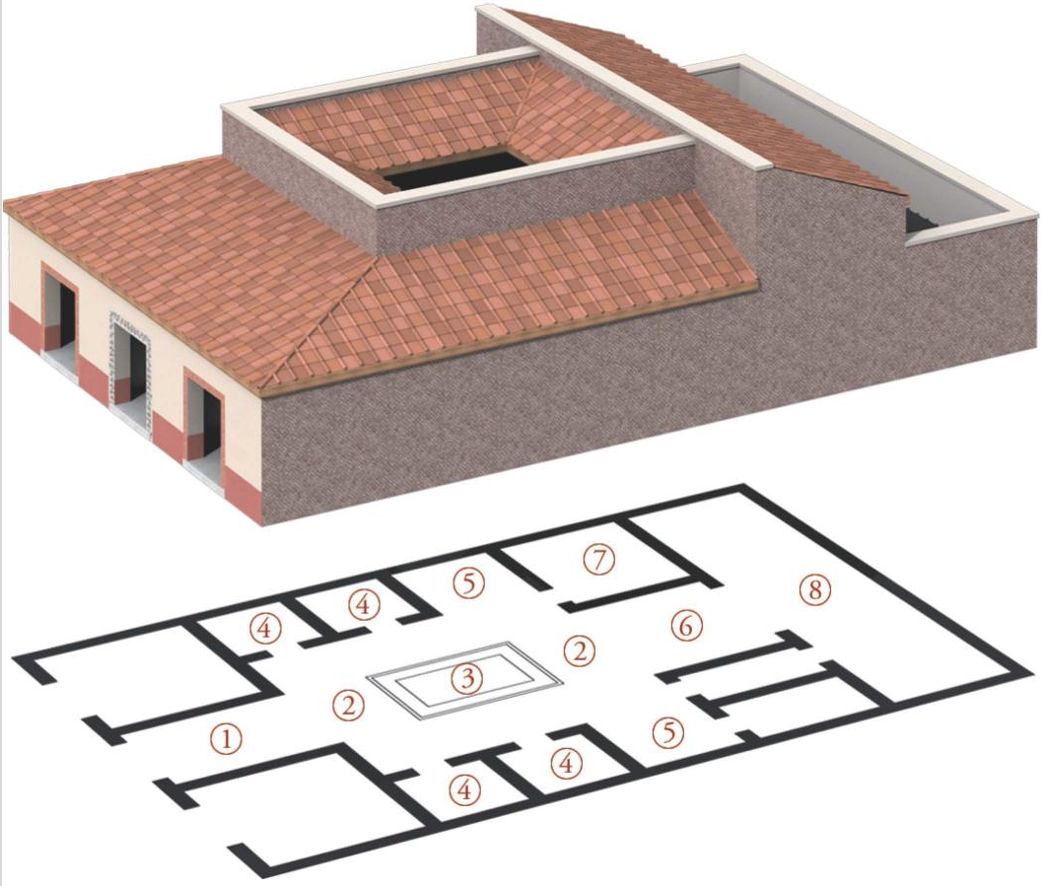
Fig. 4-2 Restored view and plan of a typical Roman house in the 3rd century BCE. Be able to identify: fauces, atrium; tablinum; hortus
33
New cards
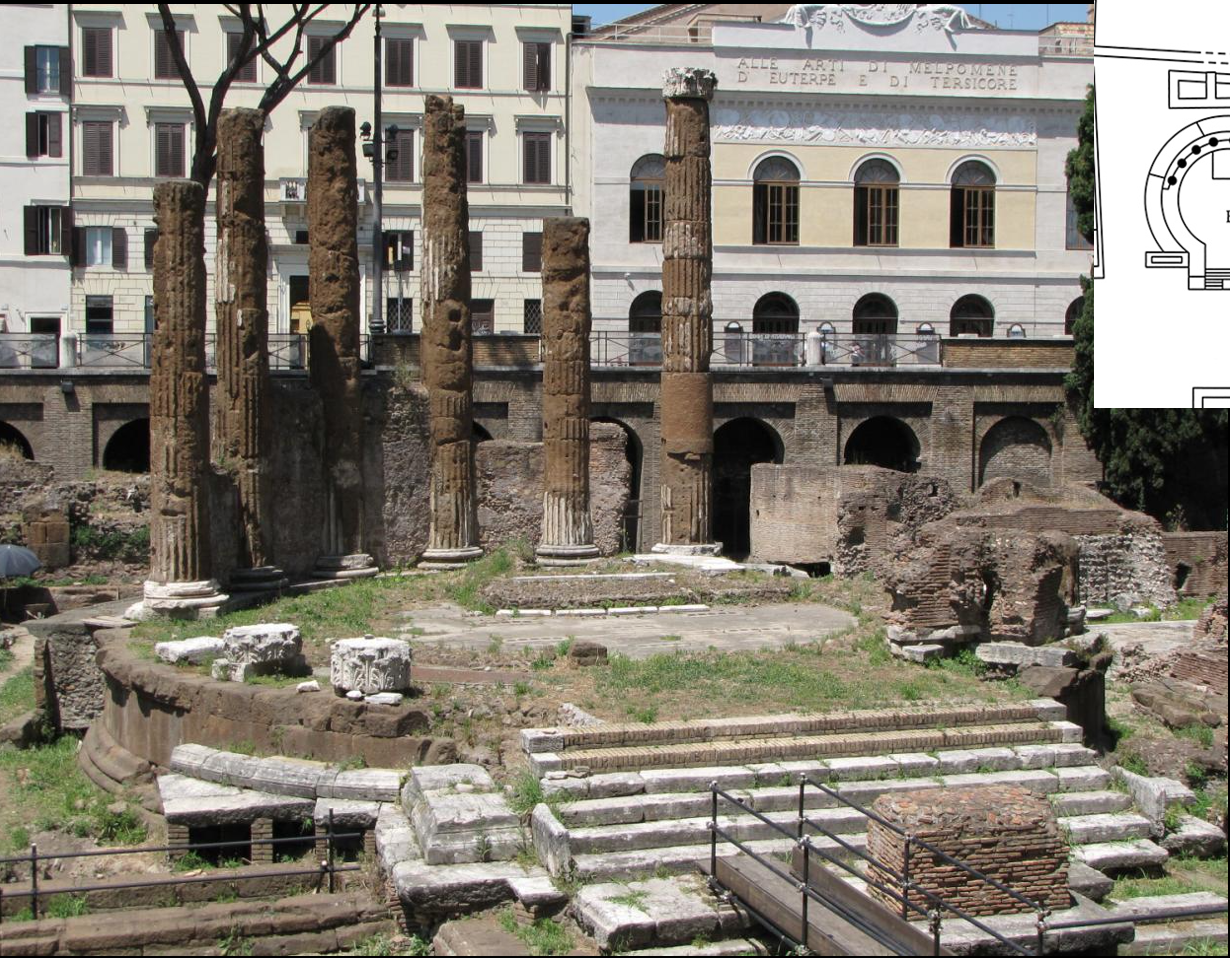
Fig. 2-10B Temple B (looking west), Largo Argentina, Rome, ca. 100 BCE
34
New cards
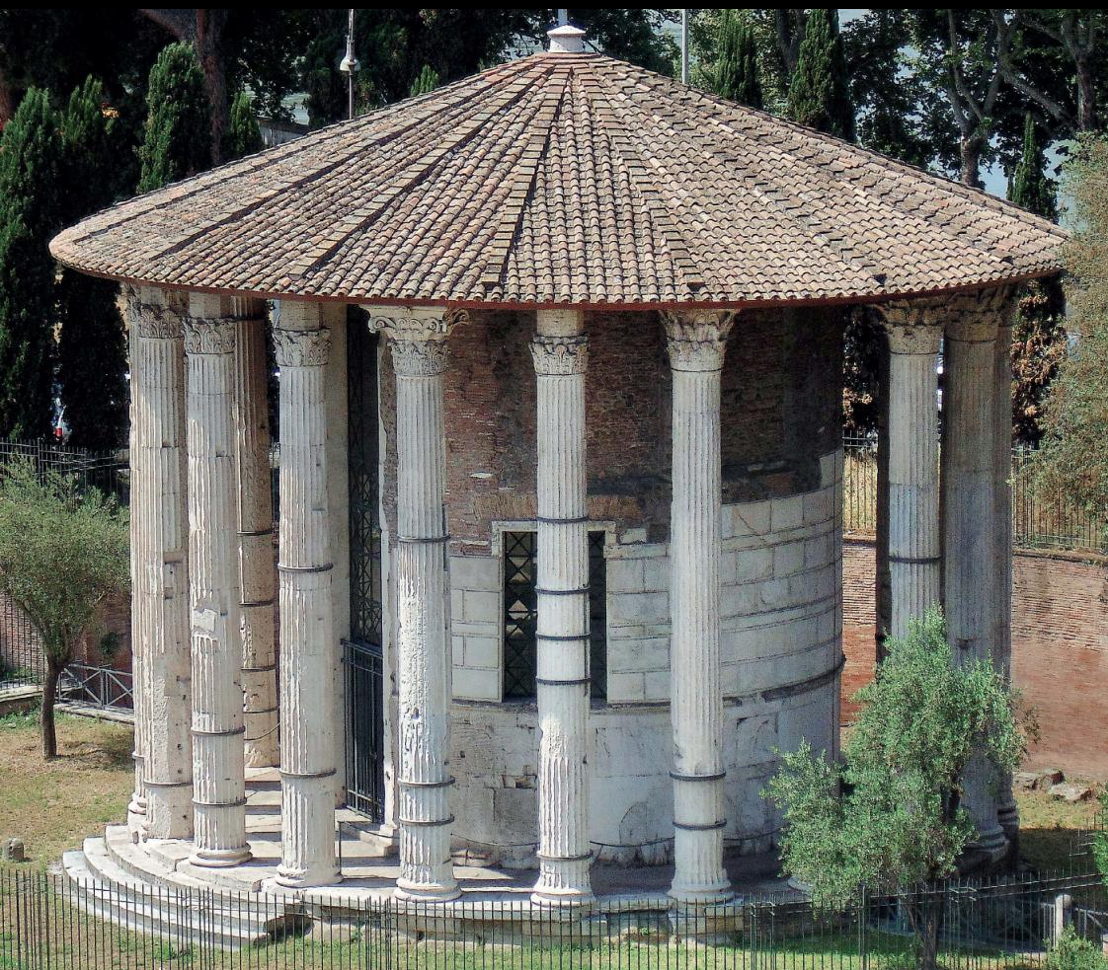
Fig. 2-11 Temple of Vesta or Hercules Victor (looking southwest),
Rome, mid-second century bce and later